Challenge Refugee

What role do immigration policies play in refugee crises around the world ?
Immigration policies are crucial in managing global refugee crises, determining eligibility and quotas for asylum seekers, processing and protecting refugees, resettlement and integration initiatives, facing challenges like resource allocation and public perception, and promoting international collaboration through multilateral agreements and financial support.

What are some successful examples of climate refugee relocation and integration ?
Climate refugees are individuals who are forced to leave their homes due to the impacts of climate change, such as rising sea levels, extreme weather events, and desertification. While relocation and integration can be challenging, there are some successful examples of climate refugee relocation and integration that can serve as models for future efforts. Tuvalu, Bangladesh, Kiribati, and Canada are all countries that have taken steps to support the relocation and integration of climate refugees. Key factors that have contributed to the success of these examples include collaboration between governments, a focus on human rights, and long-term planning. These examples demonstrate that with careful planning and support, it is possible to successfully relocate and integrate climate refugees into new communities.

How do climate refugees factor into international law and policy discussions ?
Climate refugees are individuals who are forced to leave their homes due to the impacts of climate change, such as sea level rise, extreme weather events, and drought. As the effects of climate change become more severe, the number of climate refugees is expected to increase significantly. This raises important questions about how international law and policy can address the needs and rights of these individuals. Key Points: - Climate refugees are defined as people who are forced to leave their homes due to the direct or indirect effects of climate change. - International law currently does not have a specific framework for addressing the rights and protections of climate refugees. However, there are several existing legal instruments that could be applied, such as the United Nations Framework Convention on Climate Change (UNFCCC) and the Refugee Convention. - Governments and international organizations have begun to develop policies and programs to address the issue of climate refugees, including resettlement programs, adaptation measures, and financial assistance. - There are significant challenges in implementing effective policies for climate refugees, including determining eligibility for protection, ensuring adequate resources for resettlement, and addressing the root causes of climate change.

What is a climate refugee ?
Climate refugees are individuals who must relocate due to environmental changes from climate change, such as sea-level rise and extreme weather events. This displacement affects social structures, economies, and cultures, and there is a need for international cooperation and sustainable practices to address the issue. There is currently no specific legal status for climate refugees under international law.

What are the main causes of climate refugee migration ?
Climate refugees are people forced to leave homes due to climate change impacts, including natural disasters, sea-level rise, and changes in agricultural productivity. These factors have led to displacement of millions globally, requiring a comprehensive approach to mitigate effects and support affected individuals.

What is the definition of a climate refugee ?
Climate refugees are individuals or groups forced to leave their homes due to the adverse effects of climate change. They face challenges related to basic needs, legal status, employment, social integration, and mental health. Examples include Tuvaluans, Bangladeshis, Sahelians, and Caribbean Islanders.

Can sports provide a platform for individuals to challenge themselves and reach their full potential ?
**Summary:** This essay posits that sports provide a comprehensive platform for individuals to challenge themselves and reach their full potential. It explores how sports offer psychological benefits such as mental toughness, goal setting, and confidence building; physiological benefits including improved physical fitness, skill development, and resilience; and social benefits like teamwork, leadership, and camaraderie. Personal stories of overcoming adversity further underscore the transformative power of sports in personal growth. The conclusion affirms that sports are not just about physical activity but are a means to unlock human potential holistically.

How do European countries handle asylum seekers and refugees under their immigration policies ?
The handling of asylum seekers and refugees in European countries is guided by international law, particularly the 1951 Refugee Convention and its 1967 Protocol. Each country has its own asylum laws and reception conditions, but they generally follow the principles set out by the EU Asylum Procedures Directive. Asylum seekers must go through a process known as refugee status determination (RSD) to assess whether they meet the criteria for refugee status under the Refugee Convention. Reception centers house asylum seekers while their application is processed, and many countries provide them with access to healthcare, education, and language training. Employment and education opportunities for asylum seekers vary by country, and some may have restrictions on their freedom of movement until their application is decided. Successful integration is a key goal for many European countries, and programs are often in place to help refugees learn the language and understand local culture. However, some countries face challenges due to limited capacity to accommodate large numbers of asylum seekers, leading to overcrowding in reception centers and delays in processing applications. Public opinion towards asylum seekers and refugees varies widely across Europe, and anti-immigration sentiment can influence policy decisions and create obstacles for integration. Examples of European countries' approaches include Germany's comprehensive immigration and asylum system, Sweden's reputation for being welcoming to refugees, Greece's challenges due to its geographical location as a primary entry point for refugees, and Hungary's hardline approach to immigration.

How has climate change influenced migration patterns and refugee crises around the world ?
The article discusses how climate change is a significant driver of human migration and refugee crises worldwide. It affects not only environmental stability but also socio-economic structures and geopolitical dynamics. The impact of climate change on migration patterns includes direct environmental displacement, indirect socio-economic effects, and geopolitical consequences. The challenges of adaptation and resilience include urbanization pressure and integration difficulties. International responses include policy development, humanitarian aid, and funding for adaptation. The article concludes that the future will likely see an increase in climate-related migration unless significant efforts are made to curb greenhouse gas emissions and prepare vulnerable populations for the changing climate.

What are the challenges faced by climate refugees ?
Climate refugees face numerous challenges, includingClimate refugees face numerous challenges, including limited access to resources, loss loss of livelihoods, cultural displacement, mental health issues, social exclusion, and security risks. Addressing these challenges requires a comprehensive approach that includes legal protection, access to resources and services, livelihood restoration, cultural preservation, mental health support, social inclusion, and security measures.

How many climate refugees are there in the world ?
The text discusses the issue of climate refugees, also known as environmental migrants or eco-refugees. It mentions that these people are forced to leave their homes due to climate change-related factors such as sea level rise, extreme weather events, and desertification. The exact number of climate refugees is difficult to determine because there is no standard definition of what constitutes a "climate refugee," and many people who are displaced by environmental factors do not fit the traditional criteria for refugees. According to various estimates and reports, the number of climate refugees is expected to increase significantly in the coming years. The current estimate by the United Nations High Commissioner for Refugees (UNHCR) is around 10 million climate refugees worldwide, including both internally displaced persons (IDPs) and those who seek refuge in other countries. The International Organization for Migration (IOM) predicts that by 2050, up to 200 million people could be displaced due to climate change. Factors contributing to climate displacement include sea level rise, extreme weather events, and desertification. Climate refugees face challenges such as legal recognition, integration challenges, and economic impacts. Addressing this issue will require coordinated efforts from governments, international organizations, and civil society to develop effective strategies for managing climate displacement and supporting affected communities.

What are the main challenges faced by low-income countries in achieving sustainable development ?
Low-income countries face numerous challenges in achieving sustainable development, including poverty reduction, environmental protection, social inclusion, and institutional capacity. Addressing these challenges requires a comprehensive approach that involves collaboration between governments, civil society organizations, and international partners.

How many climate refugees are there in the world currently ?
Climate refugees are individuals displaced by climate change impacts like sea-level rise and extreme weather events. Estimating their numbers is difficult due to lack of a universal definition, varied data collection methods, and the complexity of causes behind displacement. Estimates suggest millions could be affected, with challenges in attribution and data gaps. Addressing this growing concern requires action from governments and international organizations to find sustainable solutions for those displaced.

What are the main challenges in achieving carbon neutrality ?
Achieving carbon neutrality is a complex and multifaceted challenge that requires a coordinated effort from governments, businesses, and individuals. Some of the main challenges include economic implications, technological barriers, political will, public awareness and participation, natural resource constraints, energy demand growth, existing lock-in effects, legislative and regulatory hurdles, cultural and social factors, and research and development needs. It's a daunting task, but one that is necessary for the long-term health of our planet.

How does climate change affect the rights of marginalized communities ?
Climate change disproportionately affects marginalized communities, impacting their rights in several ways: loss of territory and habitat, degradation of natural resources, increased disease risk, limited access to healthcare, loss of livelihoods, inequality in adaptation and mitigation efforts, loss of cultural heritage, and displacement and migration. Addressing these challenges requires global action that prioritizes the needs and rights of vulnerable groups.
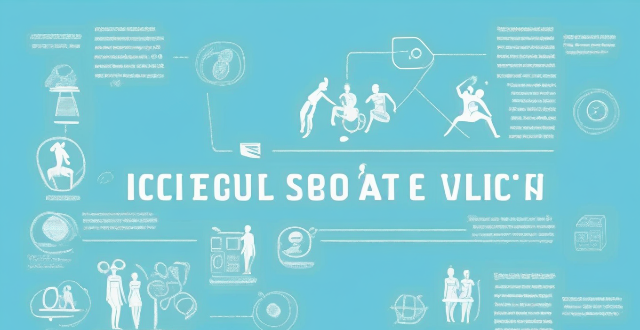
What are some examples of successful initiatives that use sports to promote social inclusion ?
This text discusses successful initiatives that use sports to promote social inclusion. It highlights five examples of such initiatives: Street Football World, Homeless World Cup, Wheelchair Basketball Initiatives, Sporting Equals, and Gender Equality in Sports Programs. These initiatives aim to unite people through football, inspire homeless people, promote disability inclusion, challenge discrimination in British Asian communities, and encourage women's participation in various sports, respectively. The activities include global tournaments for marginalized communities, international tournaments for homeless teams, local wheelchair basketball leagues, community cricket events, and women's sports leagues. The impact of these initiatives is significant, with increased public awareness about homelessness, personal transformation stories of participants, improved physical fitness and self-esteem among disabled individuals, reduced instances of racism and discrimination in sport, and higher visibility and recognition of women in sports.

What challenges do engineers face when designing rockets for deep space exploration ?
Designing rockets for deep space exploration poses several challenges to engineers, including extreme conditions, long-duration missions, communication delays, limited resources, complexity of systems, safety concerns, cost constraints, environmental impact, and regulatory compliance. These challenges must be carefully considered to create effective solutions that enable us to explore our solar system and beyond.

What are some successful women-led philanthropic projects that have made a significant impact in their communities ?
The article discusses several successful women-led philanthropic projects that have made significant impacts in their respective fields. These include The Malala Fund, which aims to empower girls' education globally; The Empowerment Center for Women in Saudi Arabia, which provides skills training and job opportunities for women; The Global Fund for Women, which supports grassroots women's groups worldwide; The Akilah Institute, which offers quality education and leadership training to young women in Zimbabwe; and The Women's Refugee Commission, which advocates for the protection of refugee women and children.
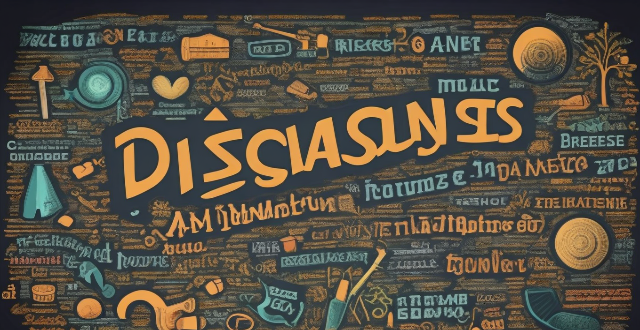
What are the challenges in implementing environmental legislation ?
The text discusses the challenges in implementing environmental legislation, including lack of awareness and education, insufficient funding and resources, political will and support, legal and administrative hurdles, technological limitations, and international cooperation and coordination. Addressing these challenges requires a multi-faceted approach involving education, advocacy, policy reform, and collaboration at all levels of society.
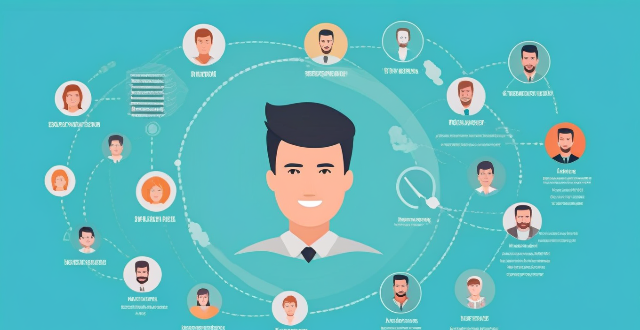
What are the challenges faced by IoT ?
The Internet of Things (IoT) faces several challenges such as lack of standardization, security and privacy concerns, scalability issues, interoperability problems, limited battery life, high costs, complexity of management, and legal and regulatory challenges. Addressing these challenges requires collaboration between manufacturers, developers, regulators, and users to create standardized protocols, secure systems, and scalable infrastructure that can support the growing number of IoT devices.

What challenges do climate refugees face when migrating to new countries ?
Climate refugees face various challenges when migrating to new countries, including social integration, economic stability, and legal recognition. Social issues involve cultural integration, access to education, and building social support networks. Economic challenges include finding employment, achieving financial stability, and accessing basic services. Legal issues encompass recognition as refugees, legal status and rights, and navigating the asylum process. Addressing these challenges requires efforts from sending and receiving nations, as well as international organizations.

What challenges do we face in implementing resource-efficient utilization globally ?
Implementing resource-efficient utilization globally presents several challenges, including lack of awareness and education, economic barriers, technological limitations, legal and policy constraints, and cultural differences. Addressing these challenges will require a multifaceted approach that involves raising awareness, providing economic incentives, investing in research and development, creating supportive policies and regulations, and fostering cross-cultural understanding and collaboration.
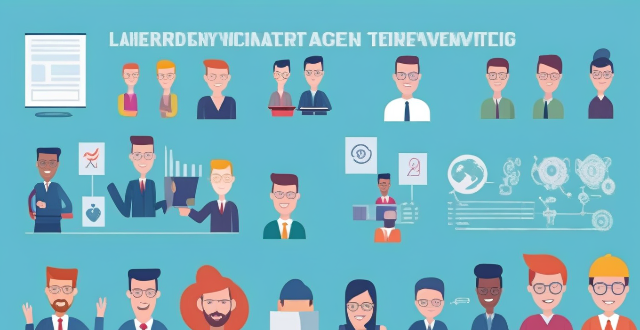
What are some common challenges faced by sports leaders and how can they be overcome ?
Sports leaders face a myriad of challenges that test their ability to manage teams effectively. These include maintaining team morale, dealing with performance pressure, handling injuries, balancing development and winning, navigating media scrutiny, managing finances, adapting to change, and upholding ethical standards. Strategies like fostering team cohesion, implementing mental skills training, having injury management plans, long-term planning, media training, financial diversification, staying informed, and promoting transparency can help overcome these challenges.

What challenges do we face in achieving a continuous supply of sustainable energy ?
The challenges to achieving a continuous supply of sustainable energy include technological limitations, economic barriers, political and social factors, infrastructure and grid integration issues, and environmental impacts. Addressing these challenges requires collaboration between governments, businesses, and individuals to work towards a more sustainable future for our planet.

What challenges do developing countries face in adopting climate-smart technology ?
Developing countries face challenges in adopting climate-smart technology, including lack of financial resources, limited access to technology, inadequate legal and policy frameworks, limited human capacity, insufficient infrastructure, and cultural barriers. These challenges can hinder the adoption and implementation of climate-smart technology on a large scale, limiting their ability to address climate change effectively.
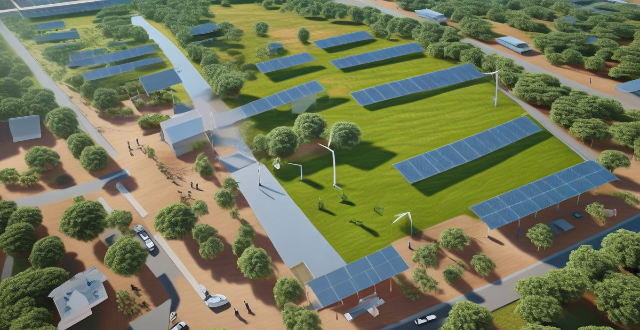
What are the challenges faced by the wind energy industry ?
The wind energy industry faces several challenges including intermittency, site selection, manufacturing issues, maintenance and reliability concerns, and environmental impact. Addressing these challenges requires innovation, policy support, and collaboration between stakeholders and communities.

What are the key challenges faced by female-centric non-profit organizations, and how can they be overcome ?
Female-centric non-profit organizations face several key challenges, including limited funding and resources, lack of visibility and recognition, gender bias and stereotyping, limited access to technology and digital tools, and balancing advocacy and service delivery. To overcome these challenges, organizations can explore alternative funding sources, increase visibility through social media and community events, prioritize diversity and inclusion, leverage cost-effective technology solutions, and build alliances with other organizations. By addressing these challenges, female-centric non-profit organizations can effectively support women and girls and create positive change in their communities.
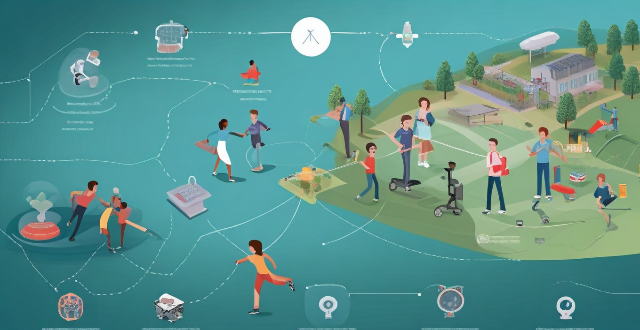
What are the potential risks and challenges associated with the increasing reliance on technology in sports ?
The integration of technology in sports has revolutionized the way games are played, watched, and analyzed. However, this increasing reliance on technology also brings several potential risks and challenges that need to be addressed, including overreliance on technology, cheating and unfair advantages, data privacy and security concerns, cost and accessibility issues, and health concerns related to excessive use of certain technologies. Addressing these challenges is crucial for maintaining the integrity and fairness of sports while still enjoying the benefits of technological advancements.

How can international law and policy help mitigate the effects of climate-induced migration ?
The text discusses how international law and policy can mitigate the effects of climate-induced migration. It outlines frameworks for cooperation, protection measures, and adaptation and resilience building strategies. The UNFCCC, Global Compacts for Migration, and regional cooperation mechanisms are highlighted as frameworks for cooperation. Protection measures include refugee status recognition, non-refoulement obligations, and the responsibility to protect. Adaptation and resilience building strategies involve development assistance, capacity building, and knowledge sharing. The conclusion emphasizes the urgency of pursuing these efforts to prevent human suffering and state fragility due to climate-induced migration.

How do Canadian immigration policies differ from those of the US ?
Canada and the US have distinct immigration policies reflecting their unique histories, values, and priorities. Canada uses a points-based system for skilled immigrants and offers provincial nominee programs, while the US emphasizes family reunification and employment-based visas. Canada is known for its generous refugee policy and faster processing times, whereas the US has stricter rules for asylum seekers and employs detention policies. Canada occasionally offers regularization programs for undocumented immigrants, unlike the US since 1986. Both countries have temporary work programs, but with different focuses. The pathway to citizenship is clearer in Canada, requiring permanent residents to live there for three out of five years before applying, compared to the US's longer wait time of five years for green card holders.